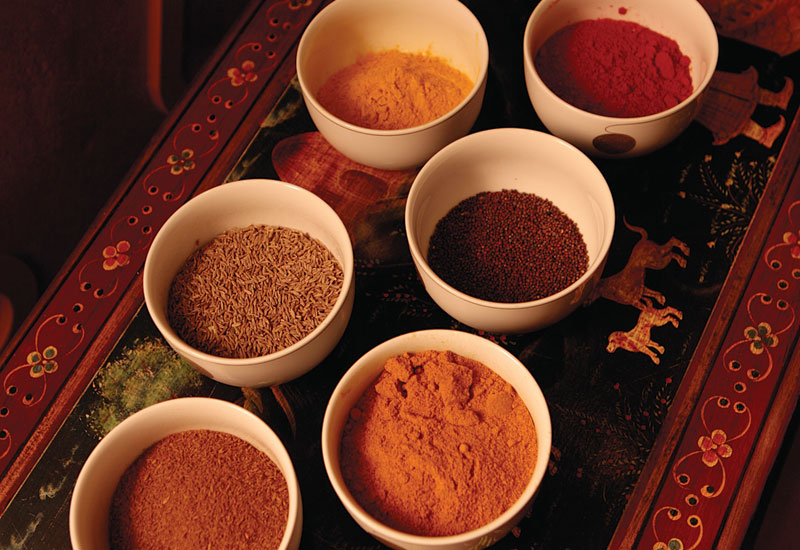By Marcus Gregs
Thanks to the globalisation of international cuisine, today’s chefs are dealing with a more adventurous gastronomic generation
I have wanted to be a chef ever since I was seven years old.
I am not a 20th generation chef-descendant who started working in the kitchens of my parents at the age of three; I didn’t grow up on a farm where everything around us ended up on our table.
I grew up happily in a working class family and I am the first member of that family to have a career in the hospitality industry.
It was a TV programme by a French chef called Paul Bocuse which was the bolt of lightening to my brain that really made me sit up and pay attention to cooking.
I remember this big man in a crisp white jacket and hat making delicious things to eat that everyone around him wanted to taste.
After this experience, everything I did at school was geared towards becoming a chef — including putting up with the teasing and jibes about my chosen career, something that continued throughout my school life.
In Australia at that time, being a chef was not a career choice; it was simply a job. We were classified as mere cooks.

| Advertisement |
But fast forward twenty years to the present day and being a chef is actually admired; it is seen as a sexy, funky, creative career — almost in the same light as an artist or rock star.
But why? What happened to cause this change? Simple: people are more discerning about the food they eat because, thanks to cookery programmes, magazines, and forests of cook books, they have had far more exposure to different cuisines.
This makes my job easier, as it gives me the freedom to try different combinations of foods from all over the world and it is not seen as radical or strange. It also means I have a far larger array of ingredients, few of which were readily available in the 1980s.
Nowadays, if you want a decent career in the kitchen in Australia, you are expected to have travelled and worked in other countries to gain new experiences and ideas, so that you can fuse them with the accepted “norm” to give your customers an interesting and memorable dining experience.
This is what many more traditional culinary countries, ones with their own distinctive culinary styles such as France, China, India and Spain, would call “fusion” style, but to us in Australia we have no pre-conceived ideas about food so we call it Modern Australian — and the same is happening in other places as well.
Children in these countries are growing up with a greater variety of foods and dishes than my generation and their palettes are more developed than ours were.
For example, my three year old son has been to a restaurant and eaten smoked salmon and scrambled egg, rib eye steak with hand cut chips, asparagus and green beans, then honeycomb ice cream.
He knows what he wants to eat and asks for it. If in my Italian restaurant, he will either ask for bolognaise or alfredo sauce, or downstairs in my other restaurant he will request either pan-fried salmon with asparagus of beef steak with vegetables. He is only three, but he eats the same as us parents; he enjoys sushi, dim sum and Chinese food. He likes smoked salmon and at the seafood buffet he wants garlic prawns, just like his mum.
And guess what — thirty years after I started out, my son wants to be a chef like his daddy.
How do I feel about that? Well, the choice will be his; at the end of the day, being a chef is a way of life, not just a job.









 Search our database of more than 2,700 industry companies
Search our database of more than 2,700 industry companies









